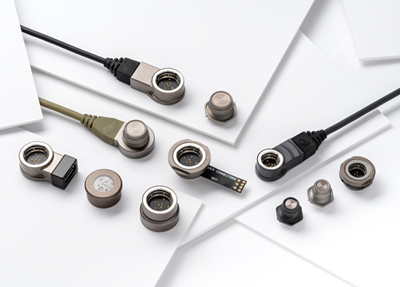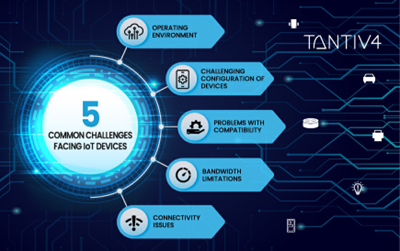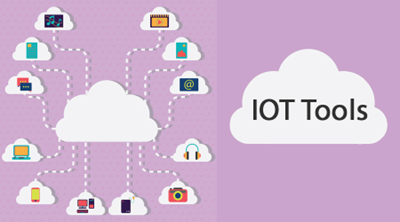As the global digital transformation market continues to grow, reaching a value of around USD 1.91 trillion in 2022 and expected to rise to USD 8.92 trillion by 2030, the integration of IoT sensors across industries is playing a significant role in this expansion. The rise of smart cities, urbanization, and the increasing trend for AI in the medical and healthcare sectors are all contributing factors to the growth of IoT in business operations.

Investments in Robotic Systems and 5G Integration
Companies are investing more in robotic systems due to increased manufacturing capabilities and improved worker safety. The integration of 5G, IoT, and cloud technologies is expected to drive growth, with the SME category developing at a modest CAGR. In North America, the digital transformation market size reached USD 697.23 billion in 2021, with companies like Arista Networks introducing AI-driven network identity services for enterprise security and IT operations.

Challenges and Disadvantages of IoT in Business Operations
While IoT offers numerous advantages, there are also some disadvantages to consider. These include security risks, privacy concerns, compatibility issues, and complexity. IoT devices can be vulnerable to cyber attacks, compromising sensitive data and systems. The collection and use of personal data by IoT devices can raise privacy concerns for individuals, and compatibility issues may require additional investments in infrastructure.

Tools and Technologies Used in IoT Development
IoT development involves the use of various tools and technologies, including hardware components, software platforms, cloud computing, data analytics, and machine learning. These technologies enable businesses to collect, transmit, manage, and analyze data from IoT devices, ultimately making informed decisions and improving overall operations.

IoT in Healthcare: A Growing Market
IoT applications in healthcare simplify activities and improve patient outcomes. Factors contributing to the growth of IoT in healthcare include technological advancements, the rising occurrence of chronic diseases, improved access to high-speed internet, and favorable government policies. Growing demands for cost-effective treatments, disease management, self-health monitoring, and lower healthcare costs are driving the market. The healthcare industry benefits from IoT, driven by digital transformation and technological innovation. COVID-19 has increased the need for IoT in healthcare and benefited the market, with the rising adoption of digital technologies and wearable IoT devices as market growth factors.

